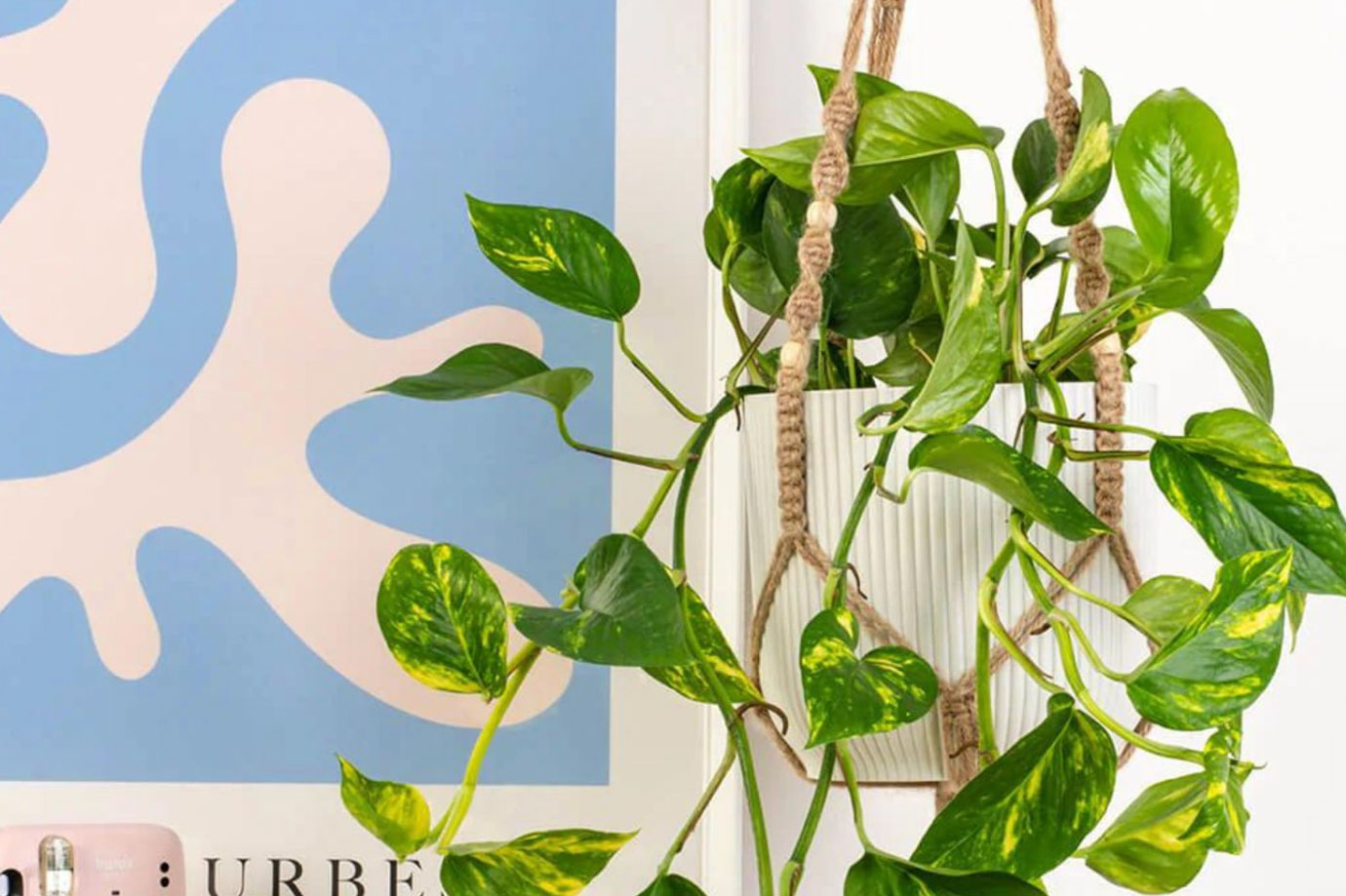Best indoor plants for Queensland’s Climate
Are you looking for the best indoor plants to survive the Queensland humidity?
Firstly, indoor plants in Queensland require careful consideration regarding air-conditioning.
Alongside high humidity comes Queenslanders’ love of air-conditioning.
It’s recommended that the best placement for indoor plants is away from direct jets of air. Fortunately, plants typically get a break from these cooler temperatures outside of business hours.
To make the most of Queensland’s humidity, consider placing plants in larger rooms, foyers, and sunlit hallways where they are less likely to be affected by air-conditioning. If they are in a small office, ensure they are positioned away from air-conditioning vents.
Here are some of our favourites.
Fiddle Leaf Fig (Ficus Lyrata)
With lustrous, wide, violin-shaped leaves and prominent veins, this upright leafy tree will create a graceful backdrop of luxurious fresh foliage in your home or garden.
Light: Place near a window that gets bright filtered light but keep away from harsh direct sunlight to prevent leaf burn.
Water: As they hail from a tropical climate, most experts advise keeping this ficus steadily moist and in a warm room where possible. Be careful not to over water the plant as it can suffer from root rot.
Peace Lily ( Spathiphyllum)
The peace lily is one of the most popular, hardiest and potentially most beautiful of the indoor plants. They offer the best of both worlds: beautiful foliage year-round and gorgeous, generally pure white, flowers over a long period.
Light: they like well-lit spaces, generally when in more light they produce white spathes and flowers and bloom less in low light.
Water: Water when the topsoil is dry. They can handle a good soaking in the shower for a few minutes if they start to droop.
Zanzibar Gem (ZZ Plant)
A Zanzibar gem is a gorgeous plant with tall, arching stems and glossy green foliage. Best of all, it’s low-maintenance, tolerant of low light and drought-like conditions.
Light: Bright, indirect light
Water: A bit of water every couple of weeks should do.
Happy Plant
With luxuriant foliage, a glossy green with strong contrasting yellow to green variegation running down the centre of each leaf, it certainly lives up to its name. The full botanical name is Dracaena fragrans Massangeana and it is a widely grown indoor plant. In warmer climates, it is suited to growing outdoors in a shaded position.
Light: Prefers medium to bright indirect sunlight but can survive in low light situations. Brown spots on the leaves or pale, bleached leaves usually indicate the plant is getting too much light. Leaves with less variegation, slow growth, and small new leaves indicate it is not getting enough light.
Water: your plant thoroughly and allow the top 75% of the soil to dry before watering again. In low light, allow the soil to dry completely before watering. Water your plant less in the winter, when light levels are lower and growth has slowed. Overwatering will cause leaves to turn yellow and fall off, as well as root rot, and the eventual death of the plant.
Rhapis Palm
Also known as the broadleaf lady palm or bamboo palm, the elegant Rhapis Palm thrives in indirect light.
Light Place the lady palm near a window where it receives bright indirect light. A north- or east-facing window is ideal. A south- and west-facing window should have shades or curtains because unfiltered direct sunlight can cause leaf burn.
Water Lady palms have average water needs. In the spring and summer, when most of the palm’s active growth is taking place, water whenever the top inch of soil feels dry. In the fall and winter, reduce watering to whenever the top 2 inches of soil feel dry.
Devil’s Ivy (Pothos)
Perfect for those self-proclaimed black thumbs! The devil’s ivy is a leafy, trailing vine that will put up with infrequent watering and neglect. They’re well-known for their air purifying ability. Prune for a fuller plant. Keep out of reach of inquisitive babies, dogs and cats, as this plant is toxic
Light: Devil’s Ivy can tolerate low natural light.
Water: Once a week to dampen the soil.
Aloe Vera ‘Chinensis
The Aloe vera plant is known the world over for its healing properties. This fast-growing easy-care plant also doubles as a fun conversation piece and adds effortless style to any space! This indoor plant will fit perfectly on your windowsill and makes a lovely gift.
Light: Bright Indirect Light
Water: Water when the top 35% of the soil is dry
Jade Plant (Crassula Ovata)
Considered to be a symbol of good luck, this easy to care for succulent is manageable for even the most inconsistent of gardeners.
Light: Jade needs bright sunlight and low humidity and will sunburn if they’re suddenly moved from indirect sunlight to direct sun too quickly.
Water: Water when the top of the soil feels dry to the touch, but don’t let the soil dry out.
Style your home with indoor plant decor Surround yourself with decorative indoor plants and watch yourself bloom.
Aside from making homes look pleasant, science says they boost well-being, reduce stress and help with creativity




